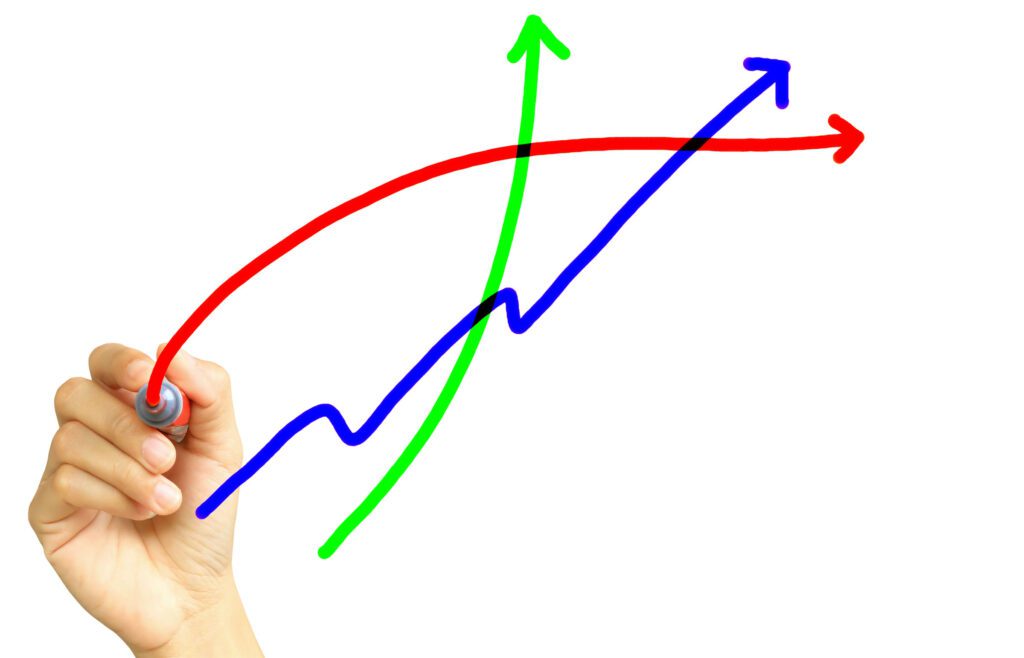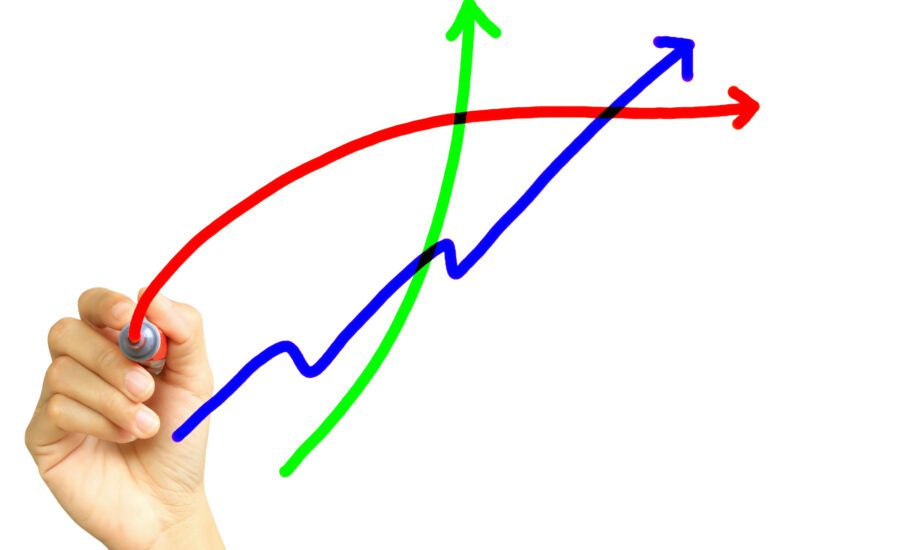
How much do alternative lenders charge?
If you’ve considered a B lender, chances are you’re worried about how much exactly you would need to pay. In my experience, people often get alternative lenders confused with private lenders, which is an entirely different group of mortgage lenders. In fact, B lender mortgage rates are typically much less than people expect. They are certainly higher than mortgage rates with A lenders, such as the banks and non-bank mainstream mortgage companies, but cost significantly less than private mortgages.
So…
How much are B lender mortgage rates?
There are three components of the cost of an alternative lender mortgage:
1. The interest rate
With an alternative lender, the rates aren’t as hard and fast as those with mainstream lenders – you don’t call them up and ask, “What’s your five year rate?”
B lender mortgage rates are set on a case by case basis, depending on:
- your credit score
- what’s in your credit report
- how much of a down payment you have
- the type of income you bring in, and how stable it is
Your application is evaluated for risk based on the answers to these four questions.
Each lender will be different in how much weight they assign to each of these factors, and therefore, what rate they feel is appropriate. I’ve shown a couple of scenarios below for you to get an idea of how this plays out in real life.
2. The lender fee
Typically, alternative lenders will also charge a “commitment fee” on top of the mortgage. This is usually 1% of the mortgage amount, although you can ask to see a lower fee option if you would prefer not to pay 1% at closing. In that case, the lender can reduce or eliminate the fee, but will slightly increase your interest rate.
3. The brokerage fee
You can also expect to pay a fee to the mortgage brokerage. How much this is will depend on the complexity of your situation, but it usually ranges from 1/2% of your mortgage amount. Your mortgage broker should tell you up front how much this will be.
Example scenarios
Scenario 1 – Couple with discharged bankruptcy 28 months ago
- Credit scores: mid 600s
- Re-established credit: each person has two credit cards held for one year already, limits are $1000 on each card
- Down payment: 20% down on a freehold townhome in Mississauga
- Income: husband has salaried job with a small manufacturing firm, that he’s been at for 8 years; wife receives salary and commission with an insurance company, and can show consistent income on her tax returns for the last two years
The rates this couple could expect would be somewhere in the low to mid 6%’s.
Scenario 2 – Couple with consumer proposal paid off 5 months ago
- Credit scores: mid 500’s
- Re-established credit: none. Several “R9” ratings still showing on credit report from previous creditors that were included in the consumer proposal
- Down payment: 20% down on a detached property in Milton
- Income: both partners have been IT consultants for the last three years, operating an incorporated business from which they take a minimum of personal income, writing off as much as possible
The rates this couple could expect, mainly due to the recent consumer proposal payout, low credit scores and lack of re-established credit, would be in mid to high 7%’s range.
To learn more about working with a B lender
Check out my articles about:
- Improving bruised credit
- Repairing your credit after bankruptcy
- Tips for getting a mortgage after consumer proposal
- What to expect if you’re getting a mortgage after bankruptcy
And if you’re looking for input on your specific situation, don’t hesitate to get in touch. I’d be happy to help.
Photo [c] Sujin jetkasettakorn for vecteezy dot com



[…] about the rates? Compared to the A Lenders, the B lender mortgage rates are higher, since your borrower profile […]
[…] People sometimes worry that B lenders charge crazy rates. That’s not the case! Although B lender rates are indeed higher than A lender rates, they typically start at around 1% higher than […]